The house without a nameplate, signboard and always locked at the end of a small alley in the residential area of Gieng hamlet, Yen Xa village (Thanh Tri district, Hanoi city) is a warehouse containing thousands of cosmetic products that are often advertised by the shop owner on social networks. At the time we were there, the shop owner was urgently transferring the goods from cardboard boxes to small cosmetic boxes to deliver to customers. Just like that, hundreds and thousands of fake cosmetic products were spread everywhere, placed on the makeup shelves of many people without them knowing that they were fake products.
The secret to getting rich quickly of cosmetics shop owners
After many days of being a "trader" persistently importing wholesale cosmetics to sell online on social networking platforms such as Tiktok, Facebook, Instagram... using many persuasive methods, we were able to access the warehouse and learn about the secret to getting rich quickly of online cosmetics store owners.
Receiving and advising us as regular customers, the seller named Huong did not hesitate to confirm that all of these "high-end" cosmetics were actually fake goods, originating from China.
"Many people come here to buy goods to sell. There are many wholesale customers like you, from Phu Tho, Yen Bai to Ho Chi Minh City. You bring fake and real goods together, no one will know," said the store owner named Huong.
Through observation, in addition to mineral spray products and skin whitening creams, the store sells many types of cosmetics for women's beauty care such as whitening shower gel, melasma treatment cream, Lanolin sheep placenta, collagen functional foods, and teeth whitening products.
Most of the items for sale are from Thailand, Korea, France, Japan... The common feature is that there is no information about the importer, responsible for inspection, quality declaration, or instructions for use in Vietnamese.

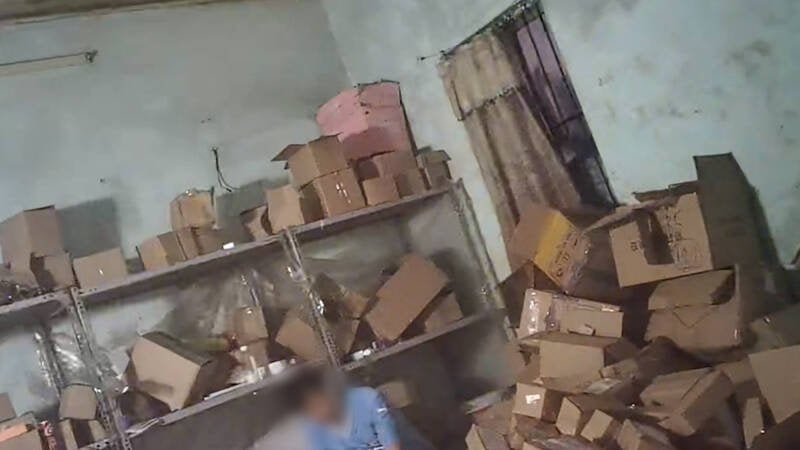
In particular, there are products labeled as imported but on the packaging there is no information about the foreign manufacturer. For example, the Innisfree brand skin whitening cream is labeled as being made in Korea with a price of 90,000 VND/tube, the outside of the box is wrapped in a thin layer of plastic. Although the product is genuine, the store owner said, "we can supply as many stores as needed."
Holding a bottle of cosmetics to treat melasma and freckles, the shop owner named Huong also gave us tips on how to distinguish between real and fake products.

The real product has brown barcode, while the fake product has blue. There are two types of fake products, one is imported directly from China, the other is made in Vietnam, but the made products are bad, Chinese products are expensive but the designs are more beautiful and eye-catching.
The owner of this cosmetics warehouse generously gave us the product to "test" because it "wasn't worth much money".
Counterfeit stamps are indispensable.
Although selling fake and counterfeit cosmetics, the store owner said that in addition to doing business on social networks, this warehouse also regularly distributes on e-commerce platforms. And to increase the price of counterfeit cosmetic products, fake stamps are an indispensable "accessory".
Quickly bringing a stack of barcodes with hundreds of products for us to "see", Ms. Huong said: "Here are all the labels, either you take them home to stick them, or I will stick them in advance, you can choose either way. If the customer is far away, I will ship the labels to you, don't worry."

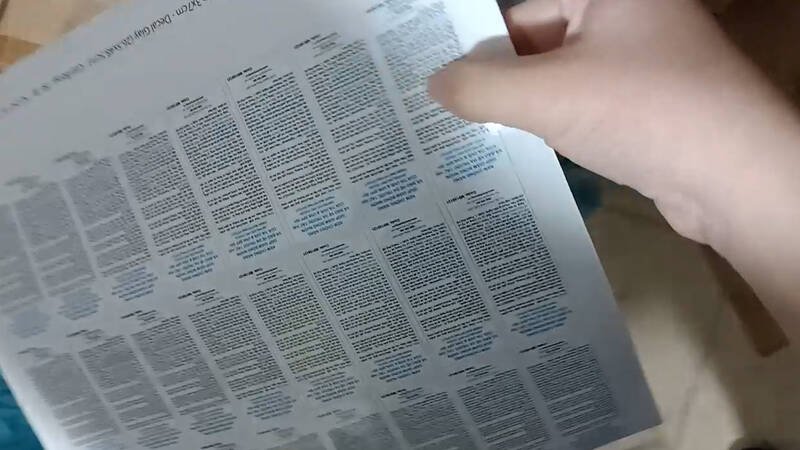
Thanks to a series of sophisticatedly disguised "accessories" along with "genuine barcodes" that the store owner claims when selling, wholesalers can confidently let cosmetics buyers "check" the barcodes freely without detecting any abnormalities.
When we asked if the product had a certificate, the store owner confirmed "no"; but if you want one, just go to e-commerce sites like Shopee to download it, which has the full name of similar products to get the certificate to send to customers.
"Checking the production date is also very simple, because the barcode has been pre-programmed, when customers check, the production year will be 2023. You can check the code freely, you can also check on Zalo", Ms. Huong said.
Besides the source of counterfeit goods smuggled from China, cosmetics processed in warehouses in Vietnam are one of the main sources of supply for many manufacturing and business units.
* Character names have been changed
Trading in fake cosmetics can be fined up to 140 million VND
To prevent the trading and production of fake cosmetics, the Government issued Decree No. 98/2020/ND-CP stipulating administrative sanctions for violations in commercial activities, production and trading of counterfeit and banned goods and protection of consumer rights, effective from October 15, 2020. Accordingly, trading in counterfeit goods in terms of use value and function will be fined from 50 to 70 million VND if the counterfeit goods are worth 30 million VND or more or illegally profit from 50 million VND or more without being prosecuted.
Also according to the law, if it is cosmetics, medical equipment, detergents, chemicals, insecticides, disinfectants used in the household and medical fields, cement, construction steel, helmets, the fine will be doubled. Thus, sellers of fake cosmetics can be fined up to 100 - 140 million VND.
In addition, violators will have their exhibits confiscated, their licenses and practice certificates revoked for 1-3 months, and must return any illegal profits they have made from the violation. In particular, counterfeit cosmetics with fake labels and packaging are goods with labels or packaging that forge the name or address of the organization or individual that produces or imports the cosmetics; counterfeit the origin or place of production, packaging, or assembly of the goods, etc.
Source






![[Photo] General Secretary To Lam and National Assembly Chairman Tran Thanh Man attend the 80th Anniversary of the Traditional Day of the Vietnamese Inspection Sector](https://vphoto.vietnam.vn/thumb/1200x675/vietnam/resource/IMAGE/2025/11/17/1763356362984_a2-bnd-7940-3561-jpg.webp)













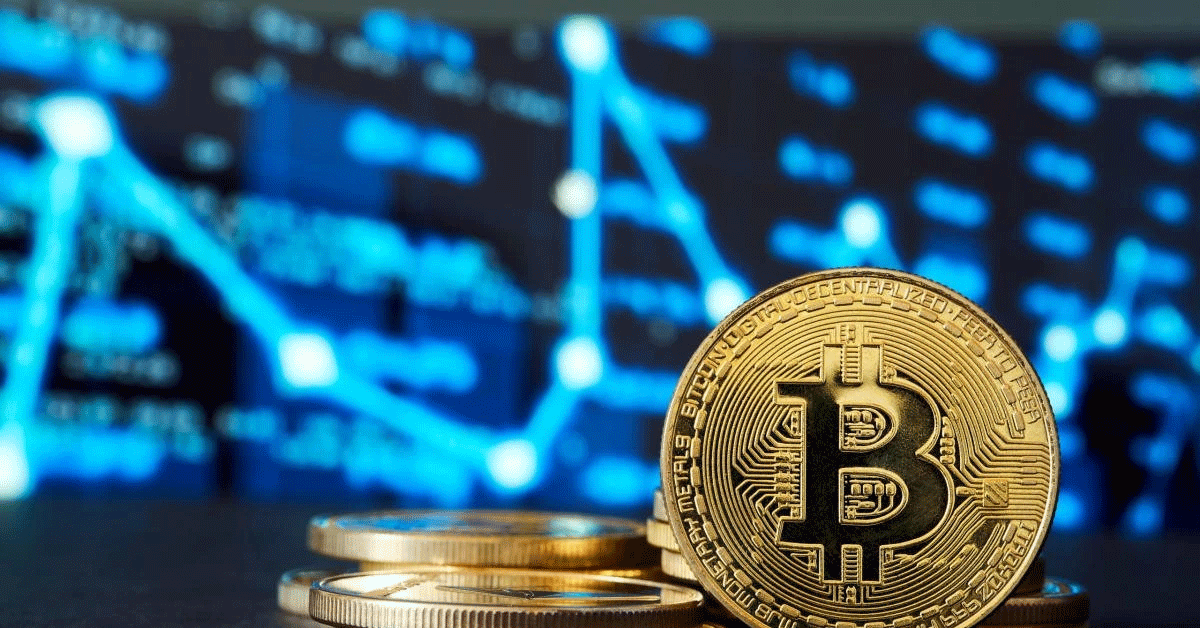



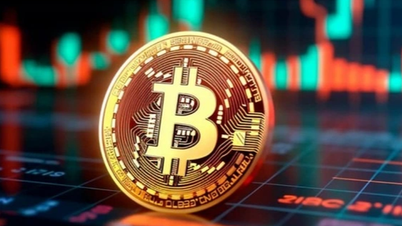



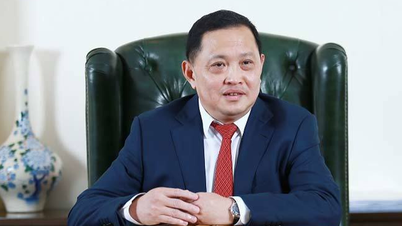







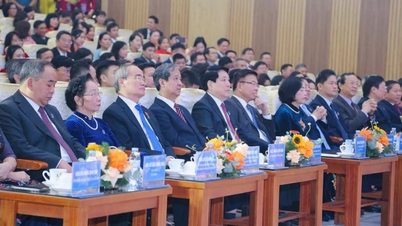



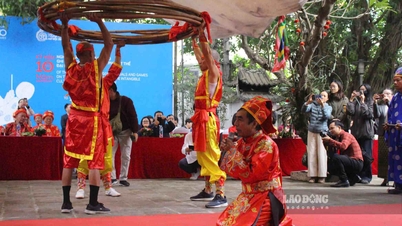














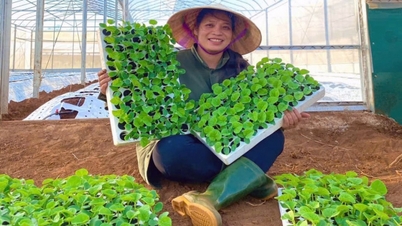



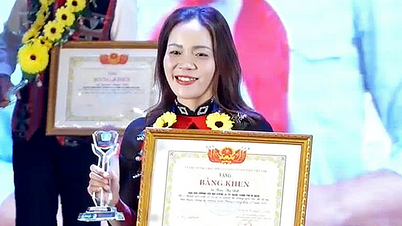





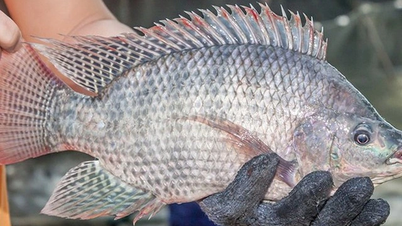
















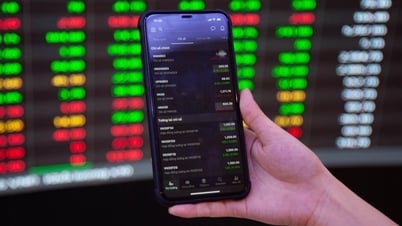



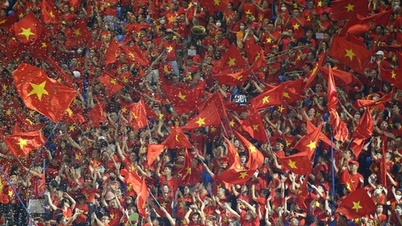






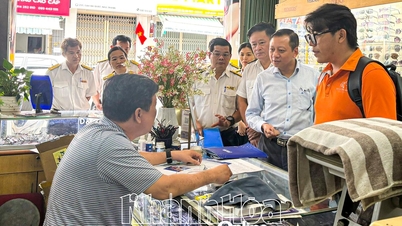





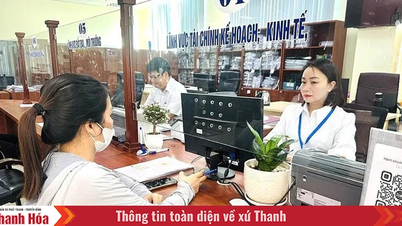













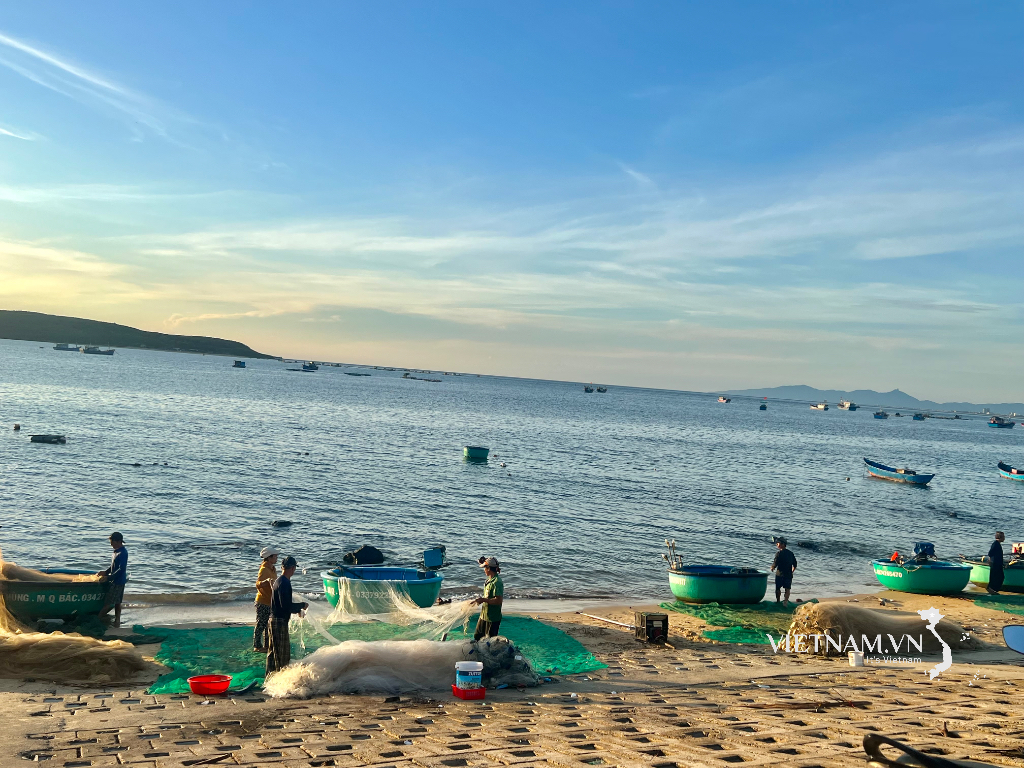

Comment (0)